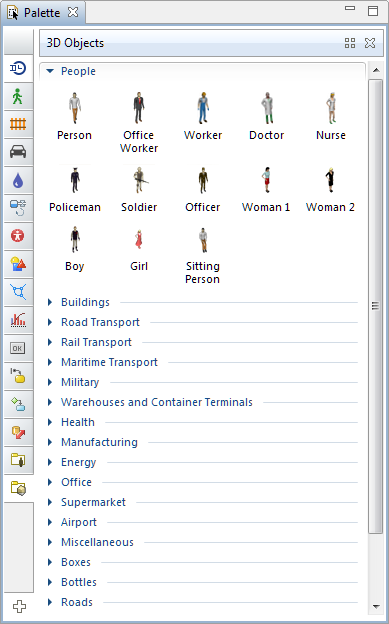

To investigate this, the simulation model was connected to a Tendermint blockchain network and resulted in a proof-of-concept local energy market. And, if the benefits are clear, neighborhood households will be more likely to take part.

The proposal suggests direct peer-to-peer trading can be quicker and more efficient than relying on a third party to manage trades. The solution comes from local trading between members of the neighborhood grid and the algorithm to manage it. Not least, those regarding battery degradation, energy pricing, and whether vehicles are ready to drive when needed. There are, however, other considerations, as you may expect.Īpart from meeting the demands of the electricity grid, using the batteries of parked up electric vehicles raises many questions. Storing and providing electricity for the grid, when needed, increases stability and helps balance demand. The simulation shows that while electric vehicles place additional demands on the electric grid, they also provide a resource that can store and deliver energy on demand. Set in a neighborhood where electric vehicle charging and renewable energy generation are common, the model contains household agents, public charging stations, and household-owned PEV (plug-in electric vehicles). The agent-based simulation used in the analysis replicates market demands by modeling numerous individual agents and subjecting them to business logic. Difficulties forecasting demand and setting production mean shortfalls must be purchased on the intra-day market at an elevated cost. The changing nature of energy generation and consumption, in connection with renewables and electric vehicles, is causing the Netherland’s traditional day-ahead method of purchasing electric to come under strain. In his analysis, an agent-based simulation of a Dutch neighborhood demonstrates the benefits in efficiency and reliability of the proposal. Sjors Hijgenaar proposes a response to these developments as radical as the changes themselves – decentralized smart grids and direct local energy trading. While these changes take place, electricity delivery must remain stable and affordable. This situation is now changing rapidly – energy markets are open to competition, households commonly generate electricity from renewables, and there is a growing shift to electric vehicles. Like many around the world, the Dutch energy system dates from an era of centralized markets and pre-renewable energy generation.


 0 kommentar(er)
0 kommentar(er)
